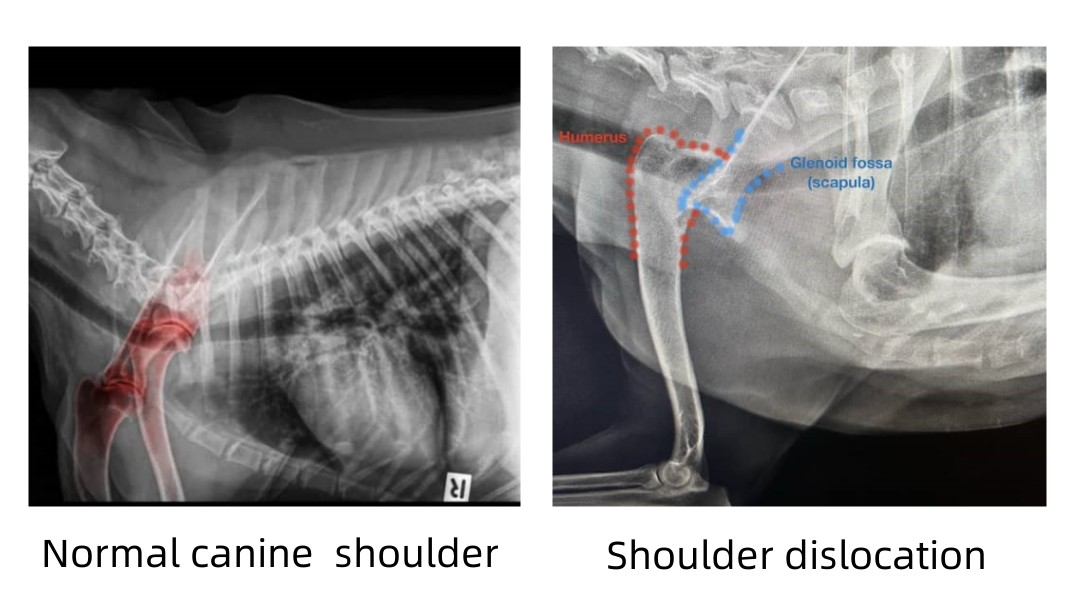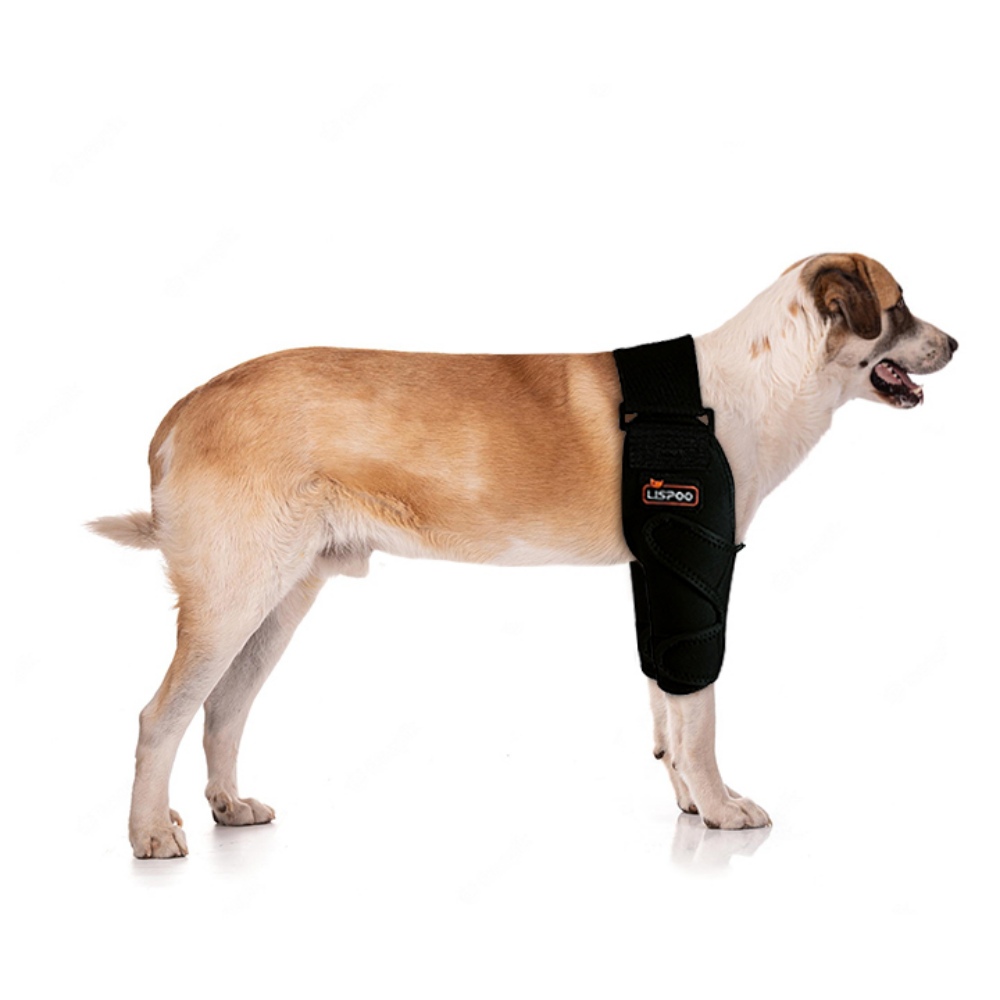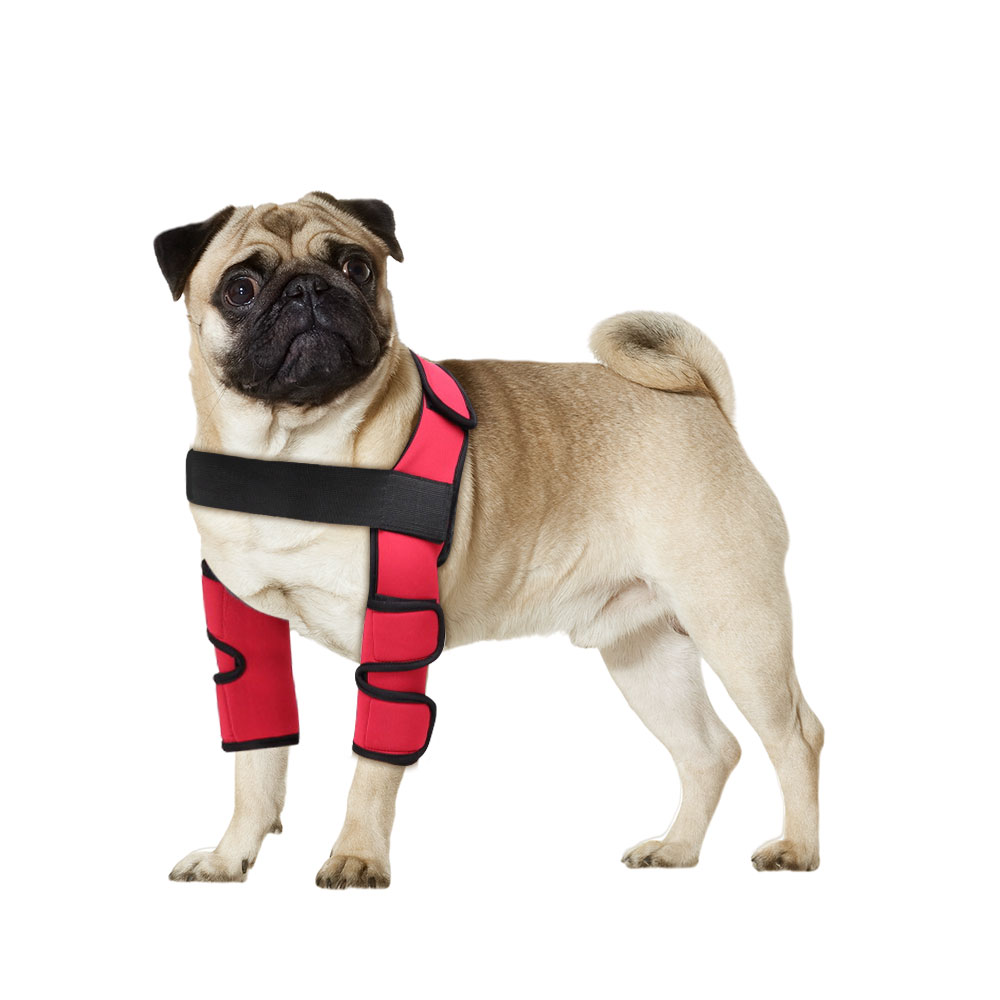If your dog is suddenly having difficulty using one of its front legs, it may be experiencing shoulder dislocation. Shoulder dislocation in dogs, which is also known as shoulder luxation or subluxation, occurs when the shoulder joint becomes unstable and the humeral head pops out of the glenoid fossa. There are few causes for shoulder dislocations in dogs, but the most common is trauma and congenital malformation of the shoulder joint. Treatment depends on the cause and severity of the injury, but often involves surgery or supportive therapy. In this article, we will discuss the treatment options for a shoulder dislocation in dogs.
What is Shoulder Dislocation in Dogs?
Shoulder dislocation in dogs is a condition where the dog's shoulder joint (glenohumeral joint) luxates or becomes subluxated. The shoulder joint is a ball-and-socket joint, and the socket is deepened by a lip of bone called the glenoid fossa of the scapula. In a normal shoulder, the ball (the head of the humerus) fits snugly into this socket. However, in a dislocated shoulder, the head of the humerus luxates out of the glenoid fossa and becomes displaced. Shoulder joint dislocation means that the humeral head has completely come out of place with the glenoid fossa. Subluxation is when there is a displacement of the humeral head, but it's not fully luxated.

How to Fx Shoulder Dislocation in Dog?
If you want to increase the chances of a successful outcome, it is important to diagnose, reduce and stabilize the luxated joint as soon as possible, regardless of the treatment method.
Closed reduction
This is often the first step in treating shoulder dislocation in dogs. This is a procedure where the veterinarian manually puts the humeral head back into place within the glenoid fossa. Once closed reduction is successful, your dog will need to be immobilized for four to six weeks while the shoulder joint heals. Various slings can be used to support and immobilize the shoulder such as a Velpeau or spica splints.
Surgical repair
The shoulder joint often requires surgery if it remains unstable after closed reduction, if luxation returns while the leg is in a sling, or if it is chronic. Depending on the type of luxation present, different techniques have been used to surgically stabilize the shoulder joint.
Caudomedial transposition of the tendon is the most common procedure for shoulder luxation. By placing a small plate over the tendon and groove, a bone screw and spiked washer hold the tendon in place.
Recovery of Shoulder Luxation in Dogs
After closed or open reduction you will want to limit your dog’s activity. He will likely require the sling or splint for up to two weeks during the healing of his joint capsule. A follow up examination will likely be necessary so that your veterinarian can make sure that your dog is healing well. During his recovery, it is a good idea to keep an eye on your dog to look for signs of swelling or discomfort. After the sling or splint has been removed, you could use elbow brace to limit your dog’s activity to minimize the risk of additional trauma while the joint heals.

Hinged Dog Shoulder Support Brace
- Hinged Metal Splints for greater support, supports the injured leg and promote recovery.
- Luminous reflective tape makes walking safer for dogs at night & outdoors.

Dog Double Elbow & Shoulder Brace
- Soft and durable material bring the comfortable wearing.
- Design to Dog's elbow for a snug fit.
- Using in several scenarios

Dog Double Elbow Brace
- Provide stability after surgery
- Velcro in several places, suitable for many dogs
- Elastic rope on the chest keep the knee brace in place


0 Comments